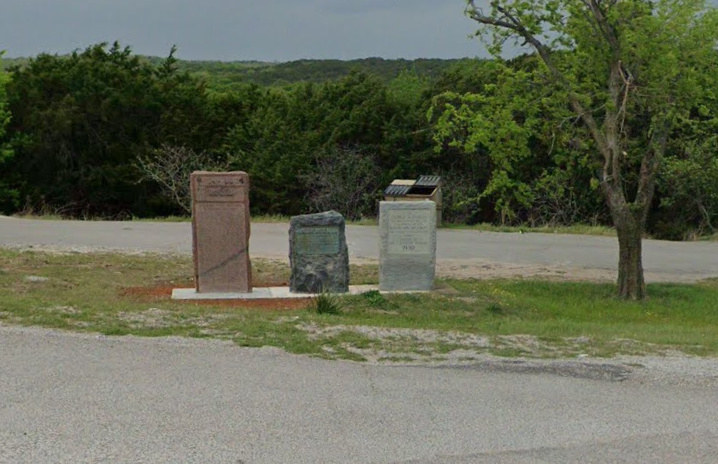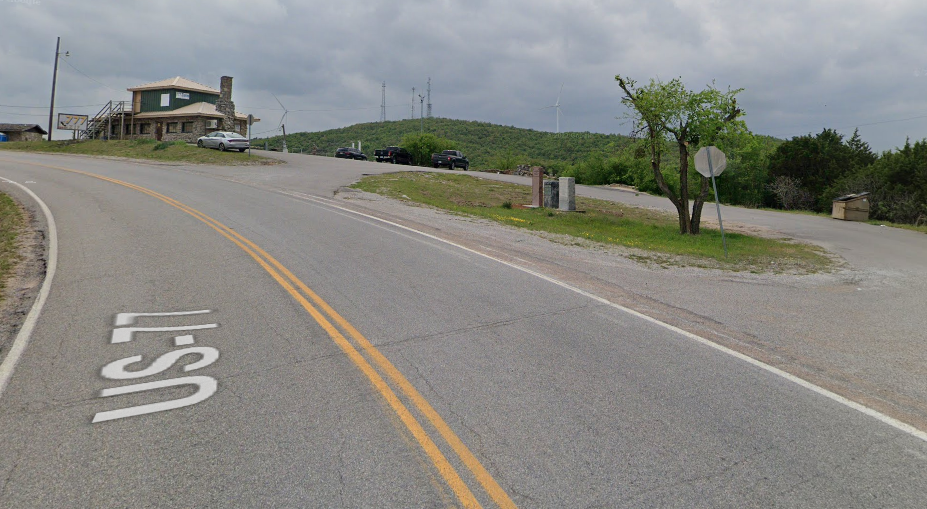Oklahoma Where Reflection Seismograph was Born
Oklahoma Where Reflection Seismograph was Born
Oklahoma is the birthplace of the reflection seismic technique of oil exploration. This geophysical method records reflected seismic waves as they travel through the earth helping to find oil bearing formations. It has been responsible for the discovery of many of the world’s largest oil and gas fields, containing billions of barrels of oil and trillions of cubic feet of natural gas. Pioneering research and development was led by J.C. Karcher, an Oklahoma Physicist.
The Arbuckle Mountains of Oklahoma were selected for a pilot survey of the technique and equipment, because an entire geologic section. From the Basal Permian to the basement mass of granite is exposed. Here this survey followed limited testing in June, 1921 in the outskirts of Oklahoma City. Verification and confirmation testing was conducted in the Arbuckles beginning July 4, 1921 by Dr. Karcher and Dr. W.P. Haseman, Dr. D.W. Ohern and Dr. Irving Perrme of the University of Oklahoma. Results were promising.
The World’s first reflection Seismograph geologic section was measured on August 9, 1921 along vines branch., a few miles north of Dougherty near here. The reflection technique has become the major method of energy exploration throughout the world. By 1983 more than 70 percent of the 18, 600 members of the Society of Exploration Geophysicists in 112 countries were involved in Reflection Seismography.
The Arbuckle Mountains of Oklahoma were selected for a pilot survey of the technique and equipment, because an entire geologic section. From the Basal Permian to the basement mass of granite is exposed. Here this survey followed limited testing in June, 1921 in the outskirts of Oklahoma City. Verification and confirmation testing was conducted in the Arbuckles beginning July 4, 1921 by Dr. Karcher and Dr. W.P. Haseman, Dr. D.W. Ohern and Dr. Irving Perrme of the University of Oklahoma. Results were promising.
The World’s first reflection Seismograph geologic section was measured on August 9, 1921 along vines branch., a few miles north of Dougherty near here. The reflection technique has become the major method of energy exploration throughout the world. By 1983 more than 70 percent of the 18, 600 members of the Society of Exploration Geophysicists in 112 countries were involved in Reflection Seismography.
Location
Directions
This marker was moved to the Turner Falls Scenic Turnaround on U.S. Highway 77.
Southwest of Davis, Oklahoma, from I-35 take exit 51 for US-77 toward Turner Falls Area.
Former Location: Southbound I-35 between Mile Markers 50 & 49, Scenic Turnout, Murray County (near Turner Falls)
Regions
Maps
- 34.42730678783849, -97.14574348178641
- OpenStreetMap
- Google Maps
- Bing Maps
- Apple Maps
- MapQuest
Pictures
Notes
Links:
* GPS coordinates from other source.
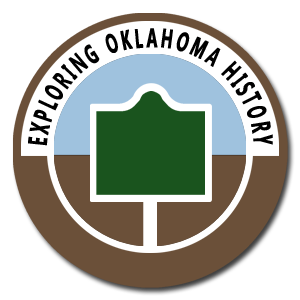
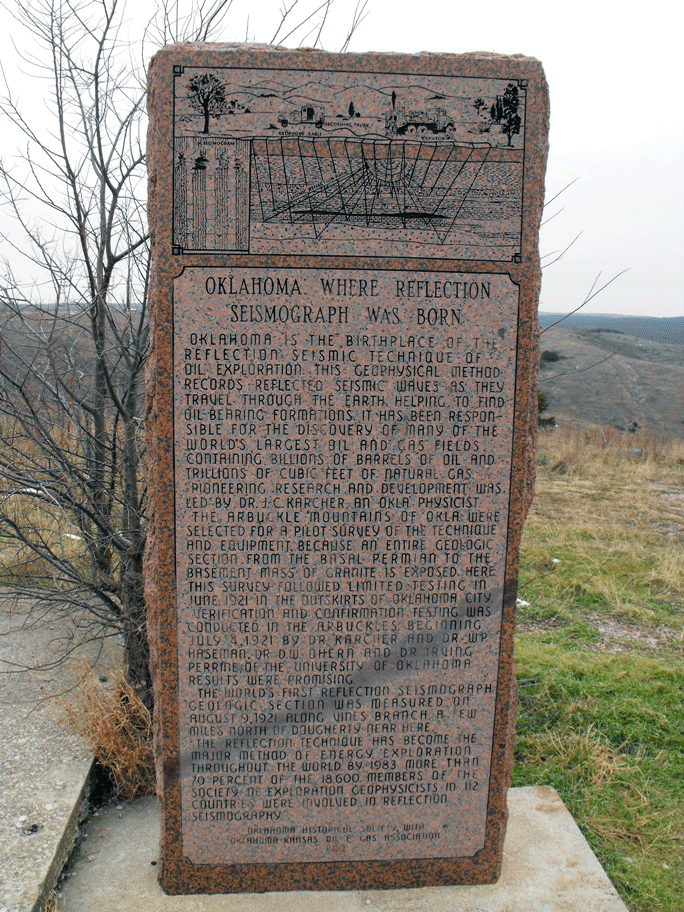
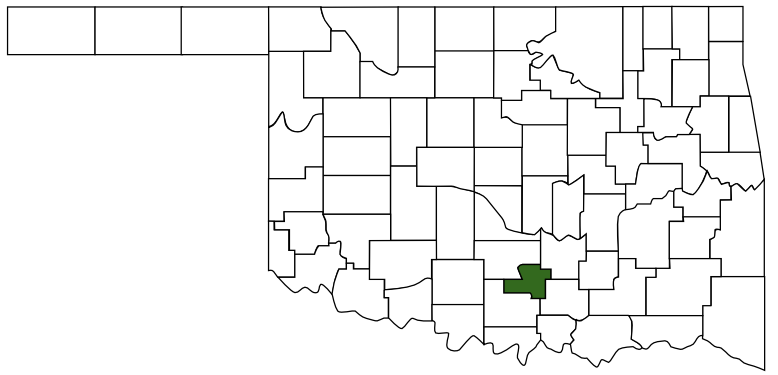 Murray County
Murray County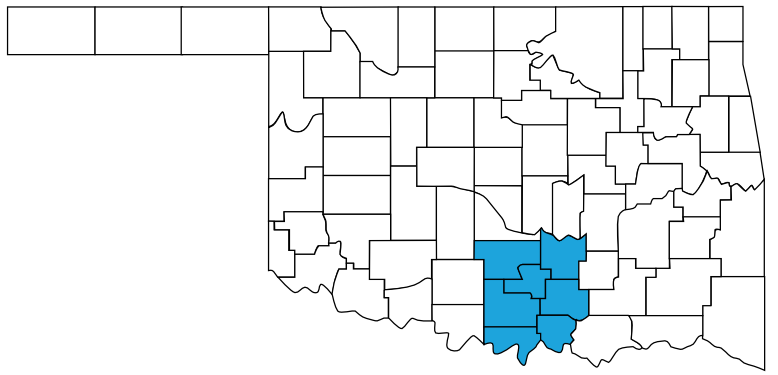 Chickasaw Country
Chickasaw Country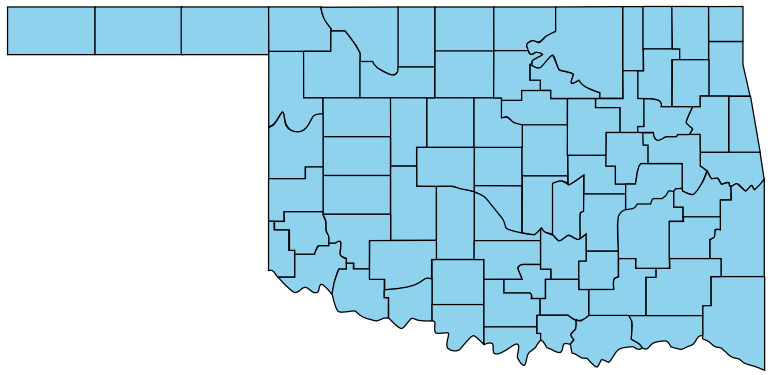 Oklahoma
Oklahoma